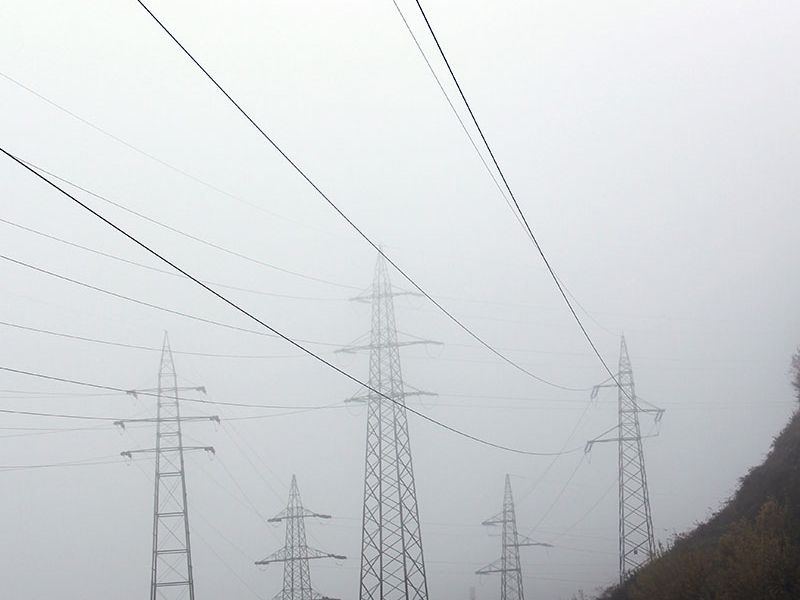I Had My House Tested For Mold By A Professional. No Mold Was Found, but I Can Smell it!

 If you continue to smell mold in your home even after professional testing showed negative results, you’re not crazy, and you’re not alone. There are different types of mold testing available to home owners, and some are better than others at finding hidden mold growth.Unfortunately, many current mold-testing methods are simply limited and often miss the mark. The most common types of testing employed by professionals today involve using “spore traps” or “tape lifts.” These types of tests focus on mold spores only. They ignore other substances produced by molds that can make you feel awful such as mycotoxins, microbial VOCs, beta-glucans, and often bacteria and their toxins (endotoxins).
If you continue to smell mold in your home even after professional testing showed negative results, you’re not crazy, and you’re not alone. There are different types of mold testing available to home owners, and some are better than others at finding hidden mold growth.Unfortunately, many current mold-testing methods are simply limited and often miss the mark. The most common types of testing employed by professionals today involve using “spore traps” or “tape lifts.” These types of tests focus on mold spores only. They ignore other substances produced by molds that can make you feel awful such as mycotoxins, microbial VOCs, beta-glucans, and often bacteria and their toxins (endotoxins).
Other common testing techniques focus on ambient air rather than where mold usually hides, such as inside walls, ceiling cavities, HVAC systems, under basement stairs, in closets, and in carpeting and insulation. We’ve even found it in C-Pap machines, in refrigerator ice maker dispensers and drip pans, and in mattresses.
What if a window leak is causing water to drip inside a wall cavity, and mold is growing on the back of the drywall, studs, and fiberglass insulation? Will the mold spores come out of the wall and float in the air to be captured by an air test? This is unlikely but, depending on airflow currents inside walls, the other compounds produced by molds might.  Like the VOCs that produce the unmistakable musty odor. Oftentimes, the ambient air in the room tested “normal,” but when you sniff the electrical outlets in that room, you can smell the mustiness.
Like the VOCs that produce the unmistakable musty odor. Oftentimes, the ambient air in the room tested “normal,” but when you sniff the electrical outlets in that room, you can smell the mustiness.
This is an example where wall-cavity testing (often called a wall check) is in order. Twenty-plus years of testing and tens of thousands of air samples have shown me repeatedly that an air sample taken in a room will not detect mold behind the wall. The wall cavity itself has to be tested.
Some professionals argue that wall cavity testing is unreliable because some walls that tested high on mold tests looked fine when they were opened. Often that’s because the spores are in the fiberglass insulation. The mold causes a musty odor, but you can’t see the mold because it’s hiding in the fiberglass insulation on the back of the drywall. Sometimes it is underneath the bottom plate (bottom stud), and there is no way to inspect that stud’s underside.
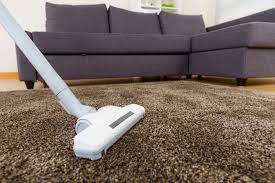 The same applies to carpeting, especially in basements, where carpeting is installed on concrete. Mold in carpeting is rarely visible and will not show up in an air test. Concrete slabs emit moisture, which over time, may cause mold growth in the carpet. At Indoor Environmental Testing Inc, our process begins with scanning walls and ceilings with an infrared camera, and conducting a walk-through of the home with special attention to areas around plumbing or water appliances (dishwasher, fridge ice maker, showers, vanities, laundry, etc.).
The same applies to carpeting, especially in basements, where carpeting is installed on concrete. Mold in carpeting is rarely visible and will not show up in an air test. Concrete slabs emit moisture, which over time, may cause mold growth in the carpet. At Indoor Environmental Testing Inc, our process begins with scanning walls and ceilings with an infrared camera, and conducting a walk-through of the home with special attention to areas around plumbing or water appliances (dishwasher, fridge ice maker, showers, vanities, laundry, etc.).
Using our specialized equipment, we scan walls and suspected areas for damp spots, temperature differentials, and particle counts, which may indicate potential mold growth. A visual and olfactory observation are also used to detect problem areas during the survey.
Finally, we use sampling equipment to collect samples of air or dust throughout the indoor environment. If a carpeted area is identified as a source, we will take samples of the carpet dust. When the IR camera indicates a suspicious spot, we may sample the air inside a wall cavity (this requires drilling a small 1⁄4” hole in the bottom of the wall, behind or right above the baseboard).
All samples taken from the indoor environment are sent to the lab for microscopic evaluations (2-3 days) or cultured at the lab and analyzed with a microscope to identify mold species (7-10 days).
If you are concerned about hidden mold growth in your home and especially if your intuition and nose tell you there is still some lurking — don’t give up. Consider doing your own testing through Indoor Environmental Testing Inc. You deserve a healthy, peaceful home.
Martine Davis is CEO of Indoor Environmental Testing, Inc and has been testing homes as a certified Building Biologist for over twenty years. She has dedicated her life to helping others get to the bottom of their indoor environmental issues, especially those who are suffering from health complications due to mold toxicity, air pollution, and electro-magnetic radiation.
Related Posts
Critical Alert: Nashville Commercial Air Quality Issues Could Be Costing You More Than You Think
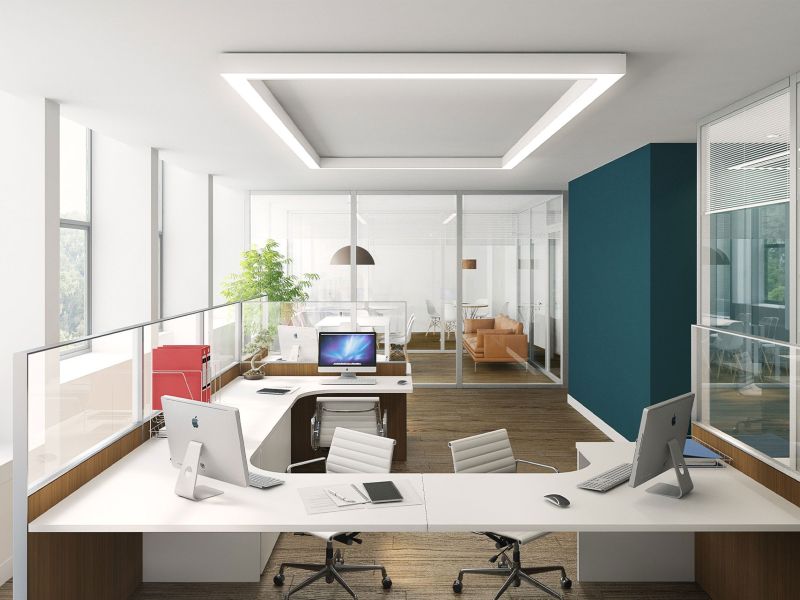
Breathe Easier: Why a Nashville Air Quality Test Could Transform Your Health
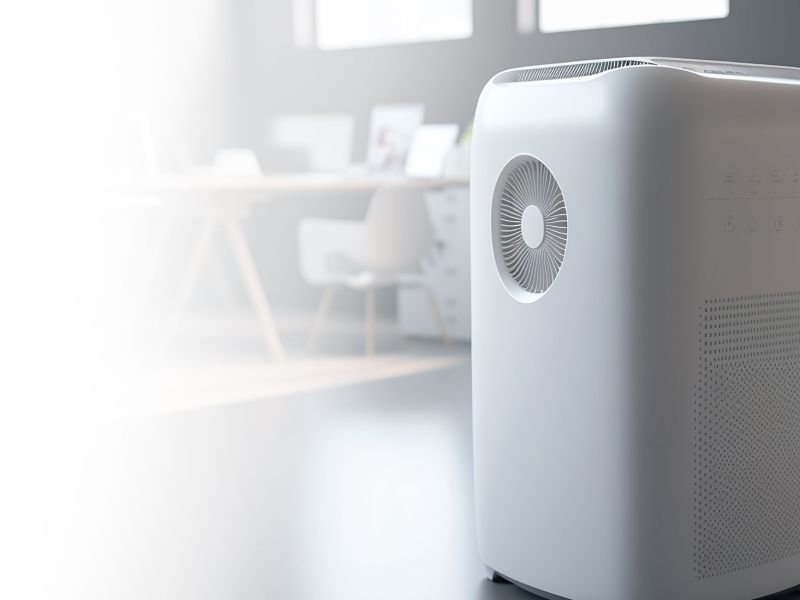
Worried About Mold? Nashville Mold Testing Can Give You Peace of Complete Mind
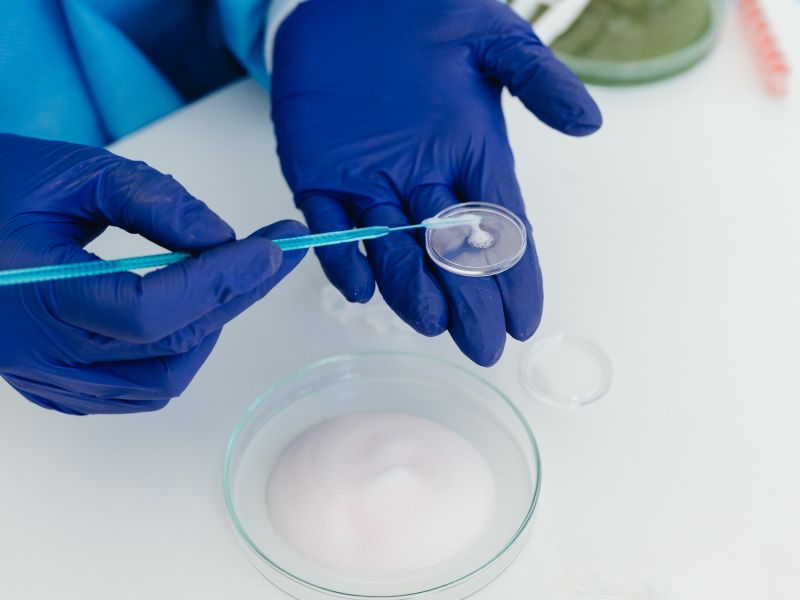
Nashville Mold Inspection Guide: Discover the Alarming Signs You Can’t Ignore
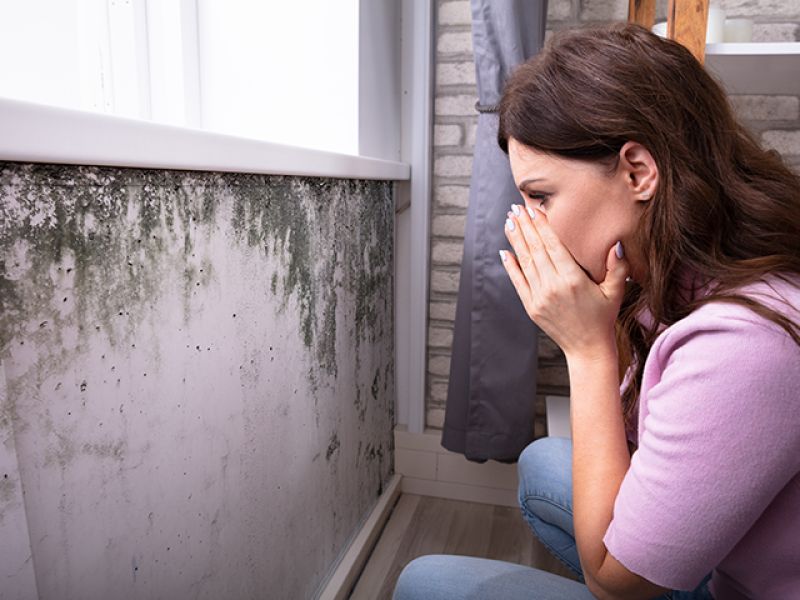
Hidden Dangers? Why Nashville EMF Testing Is Gaining Urgent Attention
